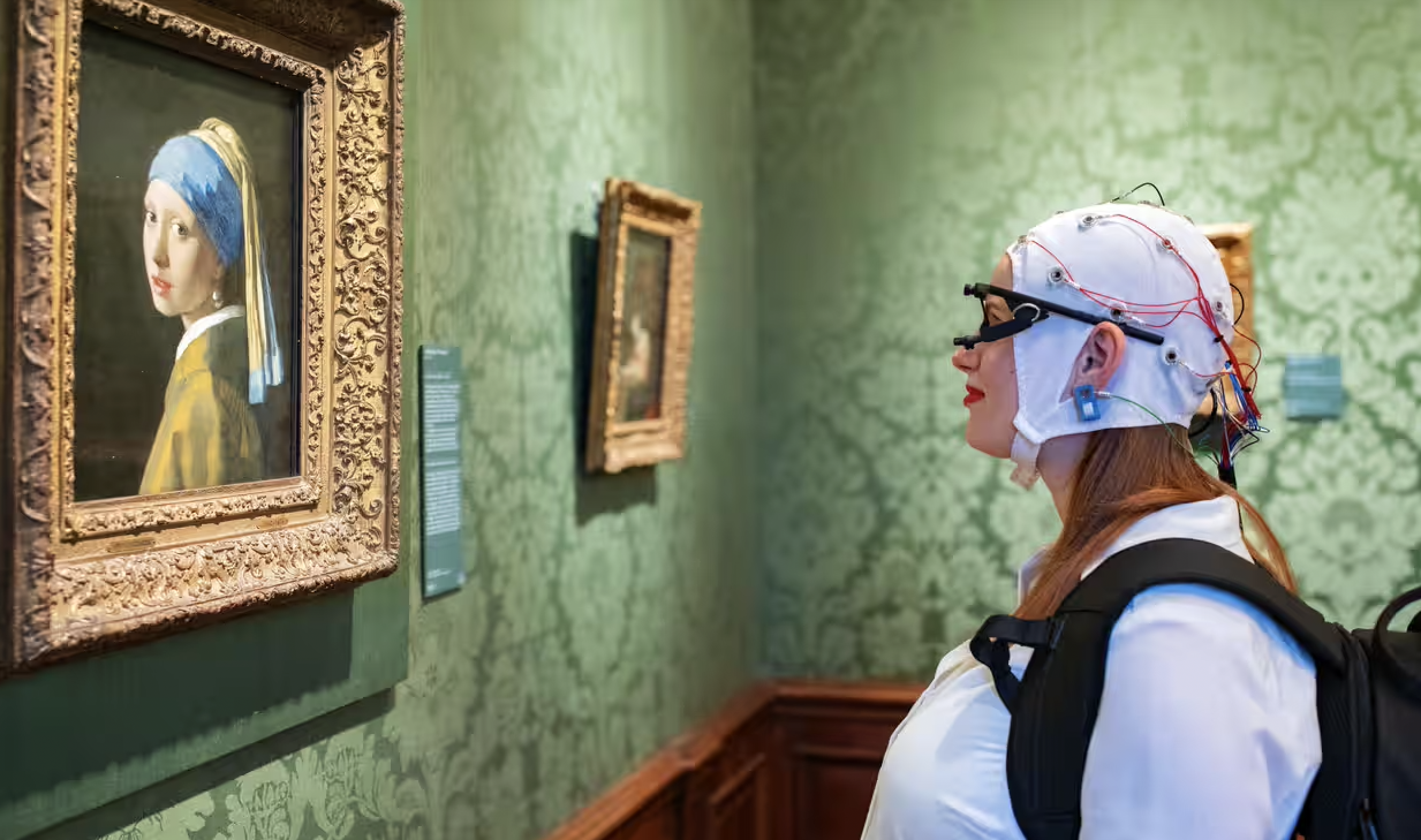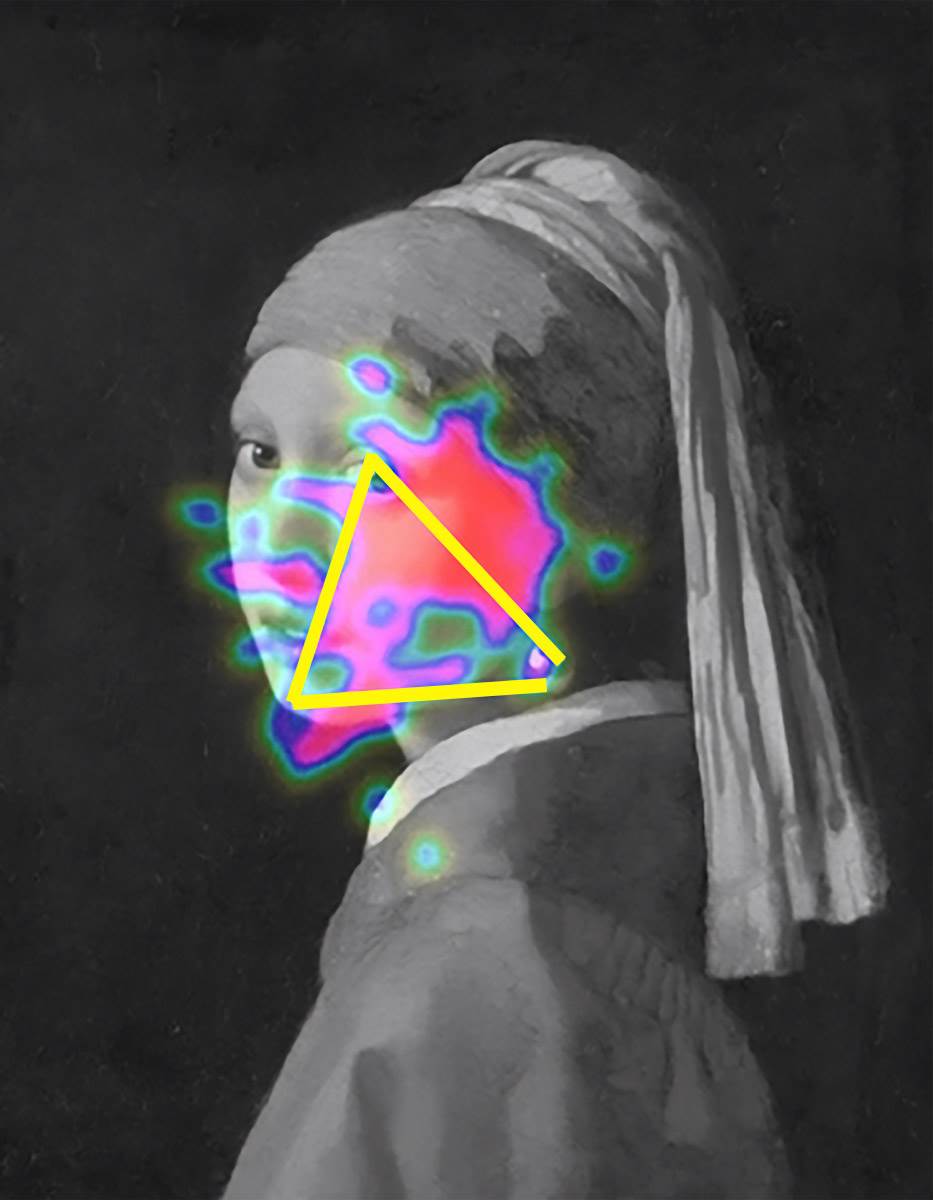[Most Recent Entries] [Calendar View]
Friday, October 18th, 2024
| Time | Event |
| 6:15a | Learn Data Analytics & AI with Google, and Fast-Track Your Career ?si=azZbGLEr_9EFWypL We’re living in the age of data and artificial intelligence (AI). Every second, vast amounts of data are being generated, processed, and analyzed. And increasingly AI plays a central role in how that data gets managed. For companies, governments, and individuals alike, understanding data is essential. This makes Data Analytics—especially when accompanied by AI skills—a valuable asset for most professionals. Enter Google, which recently launched a professional certificate in Data Analytics–one that will “have you job-ready in less than 6 months.” Offered on the Coursera platform, the Data Analytics Professional Certificate consists of eight courses, including “Foundations: Data, Data, Everywhere,” “Prepare Data for Exploration,” “Data Analysis with R Programming,” and “Share Data Through the Art of Visualization.” And now the course sequence has incorporated videos exploring how to leverage artificial intelligence when working with data. Overall this program “includes over 180 hours of instruction and hundreds of practice-based assessments, which will help you simulate real-world data analytics scenarios that are critical for success in the workplace.” Upon completion, students–even those who haven’t pursued a college degree–can directly apply for jobs (e.g., junior or associate data analyst, database administrator, etc.) with Google and over 150 U.S. employers, including Deloitte, Target, and Verizon. You can start a 7‑day free trial and explore the courses here. If you continue beyond the free trial, Google/Coursera will charge $49 per month. That translates to about $300 after 6 months, the time estimated to complete the certificate. Finally, it’s worth mentioning that anyone who enrolls in this certificate before November 30, 2024 will get access to Google AI Essentials at no cost. Explore the Data Analytics Certificate by watching the video above. Learn more about the overall Google career certificate initiative here. And find other Google professional certificates here. Note: Open Culture has a partnership with Coursera. If readers enroll in certain Coursera courses and programs, it helps support Open Culture. |
| 8:00a | Orson Welles Narrates an Animated Parable About How Xenophobia & Greed Will Put America Into Decline (1971) More than 50 years and 10 presidential administrations have passed since Orson Welles narrated Freedom River (1971). And while it shows signs of age, the animated film, a parable about the role of immigration, race, and wealth in America, still resonates today. Actually, given the cynical exploitation of xenophobia during this most unpresidential of presidential campaigns, you could say that Freedom River strikes a bigger chord than it has in years. That’s why we’re featuring the animation once again on Open Culture. The backstory behind the film deserves a little mention. According to Joseph Cavella, a writer for the film, it took a little cajoling and perseverance to get Orson Welles involved in the film.
Indeed, they were. Directed by Sam Weiss, Freedom River tells the story of decline–of a once-great nation lapsing into ugliness. Despite the comforting myths we like to tell ourselves here in America, that ugliness has always been there. Xenophobia, greed, racism (you could add a few more traits to the list) are nothing new. They just tend to surface when demagogues make it permissible, which is precisely what we’re seeing right now. Fortunately, Welles’s narration leaves us with room to hope, with room to believe that our citizens will rise above what our worst leaders have to offer. If you would like to sign up for Open Culture’s free email newsletter, please find it here. Or follow our posts on Threads, Facebook, BlueSky or Mastodon. If you would like to support the mission of Open Culture, consider making a donation to our site. It’s hard to rely 100% on ads, and your contributions will help us continue providing the best free cultural and educational materials to learners everywhere. You can contribute through PayPal, Patreon, and Venmo (@openculture). Thanks! Related Content Future Shock: Orson Welles Narrates a 1972 Film About the Perils of Technological Change |
| 9:00a | Neuroscience Shows That Viewing Art in Museums Engages the Brain More Than Reproductions
We may appreciate living in an era that doesn’t require us to travel across the world to know what a particular work of art looks like. At the same time, we may instinctively understand that regarding a work of art in its original form feels different than regarding even the most faithful reproduction. That includes the ten-billion-pixel scan, previously featured here on Open Culture, of Johannes Vermeer’s Girl with a Pearl Earring — which happens to be the very same painting used in a recent scientific study that investigates exactly why it feels so much more interesting to look at art in a museum rather than on a screen or a page. The study was commissioned by the Mauritshuis, which owns Vermeer’s most famous painting. “Researchers used electroencephalograms (EEGs) to reveal that real artworks, including Girl with a Pearl Earring, elicit a powerful positive response much greater than the response to reproductions,” says the museum’s press release. “The secret behind the attraction of the ‘Girl’ is also based on a unique neurological phenomenon. Unlike other paintings, she manages to ‘captivate’ the viewer, in a ‘sustained attentional loop.’ ” This process most clearly stimulates a part of the brain called the precuneus, which is “involved in one’s sense of self, self-reflection and episodic memories.”
Girl with a Pearl Earring wasn’t the only painting used in the study, but it produced by far the greatest measurable difference in the viewers’ neurological reaction. The others, which included Rembrandt’s Self-Portrait (1669) and Van Honthorst’s Violin Player, lack the distinctively prominent human features that encourage additional looking: “As with most faces, visitors look first at the Girl’s eyes and mouth, but then their attention shifts to the pearl, which then guides the focus back to the eyes and mouth, then to the pearl, and so on.” Museumgoers wearing electroencephalogram-reading headsets may not be quite what Walter Benjamin had in mind when he put his mind to defining the “aura” of an original artwork — but they have, these 90 or so years later, lent some scientific support to the idea. Related content: Why is Vermeer’s Girl with a Pearl Earring Considered a Masterpiece?: An Animated Introduction A 10 Billion Pixel Scan of Vermeer’s Masterpiece Girl with a Pearl Earring: Explore It Online A Guided Tour Through All of Vermeer’s Famous Paintings, Narrated by Stephen Fry Based in Seoul, Colin Marshall writes and broadcasts on cities, language, and culture. His projects include the Substack newsletter Books on Cities and the book The Stateless City: a Walk through 21st-Century Los Angeles. Follow him on Twitter at @colinmarshall or on Facebook. |
| << Previous Day |
2024/10/18 [Calendar] |
Next Day >> |



